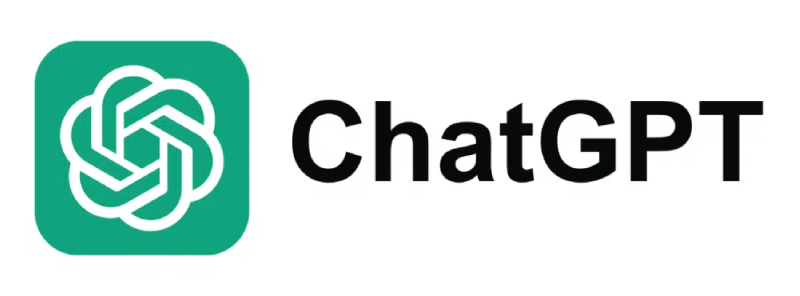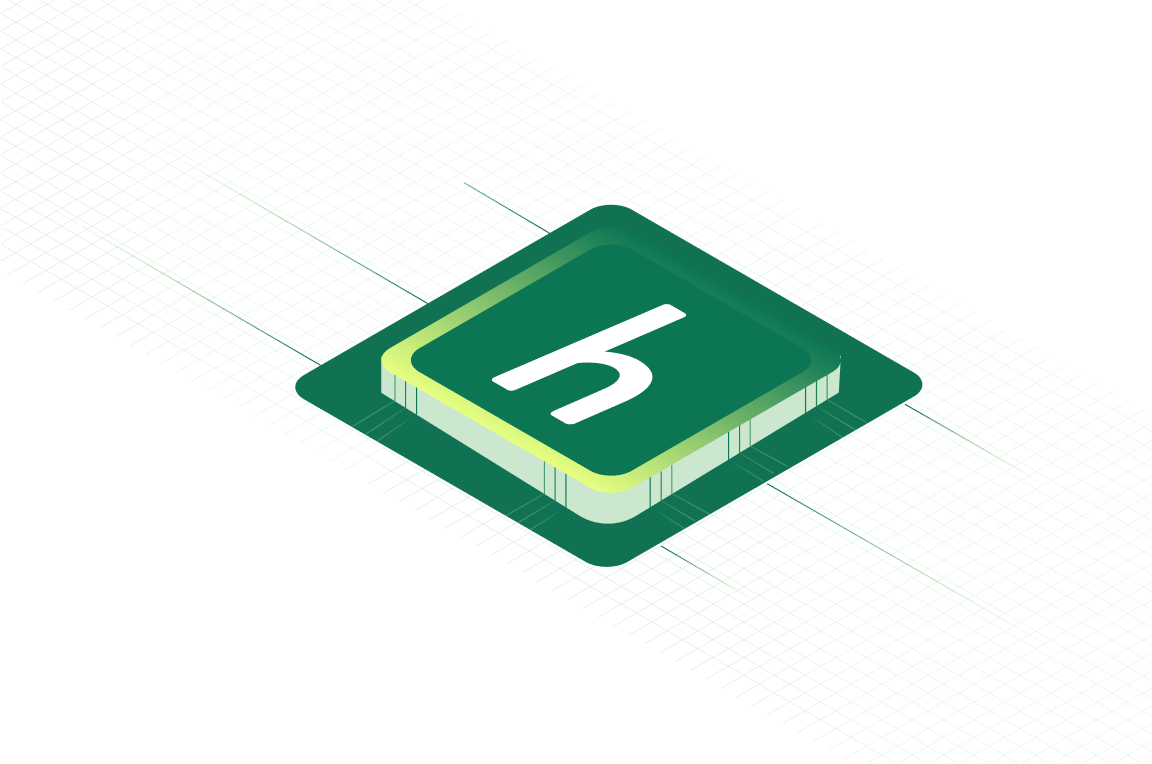Imagine a gamer is glued to the screen running their favorite mobile game when—bam—the screen freezes. They tap “Support,” only to find a labyrinth of clunky menus, canned replies, and never‑ending wait times. Frustration mounts, and before they know it, you’ve abandoned the app altogether.
Sound familiar? In an on‑demand world, slow or siloed customer support doesn’t just annoy users—it costs companies revenue, loyalty, and brand reputation.
Now picture a different scene: you’re still stuck on that boss fight, but this time a friendly AI helper pops up instantly—no app‑juggle, no language barriers, just a seamless chat in your native tongue. Click a button, get a quick fix, and dive back into the action without missing a beat.
That’s the magic of in‑app, AI‑powered support from Helpshift: it meets customers where they are, solves problems in real time, and even learns from every interaction to get smarter over time.
In this article, we’ll explore how modern companies are turning support headaches into delight moments—using Helpshift’s blend of smart bots, human backup, and end‑to‑end automation—to keep users happy, engaged, and coming back for more.
The Growing Gap Between Player Expectations and Support Capacity
Why Support Volumes Are Outpacing Team Growth
Players today expect instant, frictionless help—yet support teams can’t scale fast enough to keep up. With over 3.2 billion gamers worldwide and global launches across multiple platforms, incoming support requests have ballooned beyond traditional staffing models.
Meanwhile, hiring and training specialized agents (especially for region‑specific languages or platforms) lags behind demand.
In fact, 81% of customers now anticipate swifter service thanks to technological advances, and 73% expect more personalized interactions—benchmarks that most legacy support teams struggle to meet without automation.
Common Struggles Faced by Understaffed Support Teams
- Unpredictable workloads and burnout. 36% of support team members cite erratic case volumes as their core challenge, leading to stress and turnover.
- Long response times. Traditional email or web‑form channels average a CSAT‑dragging 2.7 score (out of 5), versus 3.8 for in‑app messaging—a gap driven by delays in manual triage and prioritization.
- Language and platform silos. Juggling multiple channels, regions, and languages forces small teams into complex routing rules and manual handoffs, further slowing resolutions and creating inconsistent experiences.
What’s at Stake: CSAT, Churn, and App Store Ratings
Slow, fragmented support doesn’t just frustrate players—it hits the bottom line. Brands that rely heavily on email and web forms see CSAT scores languish around 2.7, while those embracing in‑app support average 3.8—enough to tip the scales on renewals and in‑game purchases.
Poor experiences also drive churn: in Helpshift’s console survey, 62 % of gamers called platform support “outdated,” and 89 % said they’d use support more if it were easier to access—suggesting that friction directly suppresses engagement and positive App Store reviews.
Without bridging this gap, studios risk lower lifetime value and damage to their digital reputation.
How Leading Game Studios Support Millions—Without More Staff
Game studios are handling record‑high support volumes without ballooning headcounts—thanks to AI and seamless in‑app experiences.
Discover how bots, smart routing, and real‑time translation empower teams to resolve millions of player issues instantly.
AI Chatbots That Deflect and Resolve Common Issues Instantly
Game studios have turned to intent‑driven AI chatbots to tackle repetitive player queries at scale, tapping into both Helpshift’s Smart Intents and backend integrations. These bots not only suggest relevant help articles but can execute actions—like resetting passwords, restoring lost purchases, or redeeming in‑game rewards—in real time without agent involvement.
As a result:
- End‑to‑end bot resolution: 58 % of all support interactions in gaming are now fully resolved by bots, up from 52 % just a year ago.
- Vertical‑leading automation: Gaming clients lead Helpshift’s industry benchmarks with an average overall automation rate of 88 %, well above the 78 % cross‑industry average.
- Reduced mean time to resolution (MTTR): By handling common issues instantly, bots cut MTTR by over 60 %, translating to fewer backlog spikes during new content drops or live events.
This proactive approach frees human agents from rote tasks and ensures players get immediate fixes—critical during high‑traffic launches or limited‑time events.
In‑App Support That Reduces Friction and Ticket Volume
Integrating support directly into the game client transforms how and when players seek help. Instead of exiting to a web form or email, users tap a chat icon and receive context‑aware assistance—whether through AI or agent handoff—without leaving their session.
Key impacts include:
- 30 % lower ticket volume: Studios report a 30 % drop in manual support tickets as players self‑serve via in‑app FAQs, guided bots, and quick search widgets.
- 40 % faster resolutions: Because support appears in context, average handle times shrink by 40 %, improving CSAT and keeping sessions uninterrupted.
- Higher engagement retention: Players who resolve issues in‑app are 25 % more likely to continue playing versus those who must leave the game for help.
By eliminating context‑switching, in‑app support not only satisfies players faster but also preserves overall engagement metrics, a key driver for live‑ops revenue.
Smart Automation to Prioritize and Route High‑Value Tickets
Not every inquiry can—or should—be fully automated. Helpshift’s orchestration layer uses AI to triage incoming requests, gather critical details, and escalate only VIP or complex issues to human experts.
This hybrid model delivers:
- 27 % partial automation: AI handles initial intake—account verification, sentiment scoring, context consolidation—across 27 % of interactions, reducing manual prep for agents.
- Context‑rich escalations: Tickets escalate with full transcripts, diagnostic logs, and AI‑suggested resolutions, enabling agents to solve edge‑case problems up to 50 % faster.
- Dynamic prioritization: Smart workflows flag top‑tier spenders or time‑sensitive bugs, ensuring high‑impact tickets receive immediate human attention without manual queue management.
This targeted approach optimizes agent bandwidth, letting studios deliver concierge‑level service where it matters most while keeping overall headcount lean.
Multilingual AI to Support a Global Player Base Without Regional Teams
Global game launches demand support in dozens of languages—but hiring regional agents for each locale is costly and time‑intensive.
Helpshift’s Language AI embeds real‑time translation into both bots and agent consoles, delivering:
- 150+ language coverage: Machine translation on chatbots and agent replies covers over 150 languages, providing uninterrupted 24/7 support without adding local headcount.
- Up to 70 % cost savings: Studios reduce localization and staffing expenses by as much as 70 % versus hiring regional teams, while maintaining native‑level tone and nuance.
- Consistent brand voice: AI‑enabled glossaries and style guides ensure translations adhere to brand guidelines, preventing mistranslations and preserving player trust.
By centralizing multilingual support through AI, studios can scale worldwide instantly—meeting local expectations without reinventing their support org for each market.
Real-World Examples: How Top Studios Solve the Staffing Gap
From live‑ops fireworks to global player communities, see how Scopely and Jam City turned support overload into seamless, scalable AI customer service.
Discover the exact AI‑powered playbook they used to slash tickets, turbocharge CSAT, and keep millions of gamers in the action—without hiring more agents.
Scopely: Lean Support, Global Reach
Scopely embedded Helpshift’s in‑app SDK across its flagship titles—Monopoly GO!, Stumble Guys, Star Trek Fleet Command, and more—to give players instant, context‑aware help without leaving the game.
- 30 % ticket volume drop. By surfacing self‑service FAQs, guided bots, and instant article recommendations in‑app, Scopely cut manual ticket submissions by nearly 30 % within the first quarter of deployment.
- 150+ language coverage. Leveraging Helpshift’s Language AI, Scopely now supports players in over 150 languages—without hiring any additional regional teams—ensuring every gamer gets help in their native tongue.
- API‑driven fixes. Chatbots integrate directly with backend systems to resolve common issues—like inventory restores or purchase verifications—in real time, preventing tickets from ever reaching human agents.
Jam City: Scaling Support with Real‑Time Bots, Not Headcount
Jam City partnered with Helpshift to transform its support model for hit titles like Cookie Jam and Harry Potter: Hogwarts Mystery—doubling CSAT and slashing agent workload.
- 90 % ticket deflection. An in‑game searchable knowledge base deflected 90 % of incoming requests, empowering players to self‑serve without agent intervention.
- 30 % overall volume reduction. Shifting from email to AI‑guided in‑app messaging led to a 30 % decrease in total tickets—freeing agents to focus on complex or VIP cases.
- 100 % CSAT lift. Improvements in channel choice and instant response times doubled Jam City’s CSAT scores, turning support into a driver of player loyalty rather than a bottleneck.
- 90,000 tickets/month handled. Even at its peak volume, Jam City’s lean support operation easily managed 90 k monthly tickets—showcasing the power of automation paired with strategic human escalation.
These two examples illustrate how leading studios eliminate staffing constraints by embedding AI and automation into every layer of player support—delivering instant, global‑scale customer service without growing headcounts.
Metrics That Prove You Don’t Need to Hire More Agents
Slash wait times, boost satisfaction, and deflect up to 70 % of tickets—all without adding a single headcount.
These hard numbers prove that smarter AI workflows can outpace brute‑force staffing every time.
Improved First Response Time (FRT)
AI‑driven front‑loading of context and account verification slashes the wait for that critical first reply. Instead of agents manually gathering information, bots handle intake instantly—empowering humans to step in only when truly needed.
- 83 % faster in gaming. Partial automation cuts average Human Time to First Response in games from 20.7 hours to 3.5 hours.
- 46 % reduction in fintech. Brands in financial services saw HTTFR drop nearly half when adopting AI‑assisted workflows.
Higher CSAT with Fewer Escalations
Smart bots and intent detection don’t just deflect tickets—they resolve issues in ways that match or exceed human‑only service. By handling routine cases up front, brands free agents to focus on high‑touch inquiries, driving satisfaction without adding headcount.
- 4.2 vs 3.8 in gaming. Partially automated resolutions score an average 4.2 CSAT, outperforming fully manual interactions at 3.8.
- 25 % average CSAT lift. Across Helpshift customers, AI and automation deliver a 25 % jump in satisfaction scores—even as overall escalations fall.
- 7.1 % boost via Smart Intents. Precise intent detection drove a 7.1 % CSAT uplift in gaming, with similar gains across fintech, entertainment, and lifestyle verticals.
40–70 % Ticket Deflection Through AI Workflows
By routing common queries to bots and self‑service, brands keep inflows manageable—and agents focused on what matters most. AI‑powered FAQs, Quick Search, and Smart Intents together drive massive deflection rates.
- 28 % via Quick Search Bot. Deflection from searchable FAQ matches rose to 28 % in 2024, up from 25 % the previous year.
- 90 % self‑service deflection. Top mobile and gaming apps report up to 90 % of incoming issues handled by in‑app bots and knowledge bases—no ticket created.
- 40–70 % overall deflection. Combined AI workflows typically divert 40–70 % of all support requests away from agent queues, depending on vertical and maturity of automation.
Together, these metrics demonstrate that smarter workflows—not bigger teams—are the key to scaling support operations effectively. Agents become force multipliers rather than fire‑fighters, delivering faster, happier outcomes with fewer bodies.
Elevate Your Player Support: AI-Powered, In-Game, and Ready to Scale
Today’s players demand instant, in‑game help, personalized responses, and support in their native language—expectations that legacy ticketing simply can’t meet.
Helpshift’s unified approach combines AI‑powered bots, seamless in‑app messaging, smart prioritization, and real‑time translation to turn routine inquiries into rapid resolutions, freeing your agents to focus on high‑value cases.
Ready to see it in action? Book a personalized demo to explore our in‑app SDK, AI chatbot workflows, and real‑time dashboards on deflection, CSAT, and response times.
We’ll guide you through multilingual configuration, priority routing, and ROI modeling so you can transform player support into a competitive advantage—without growing your team.








